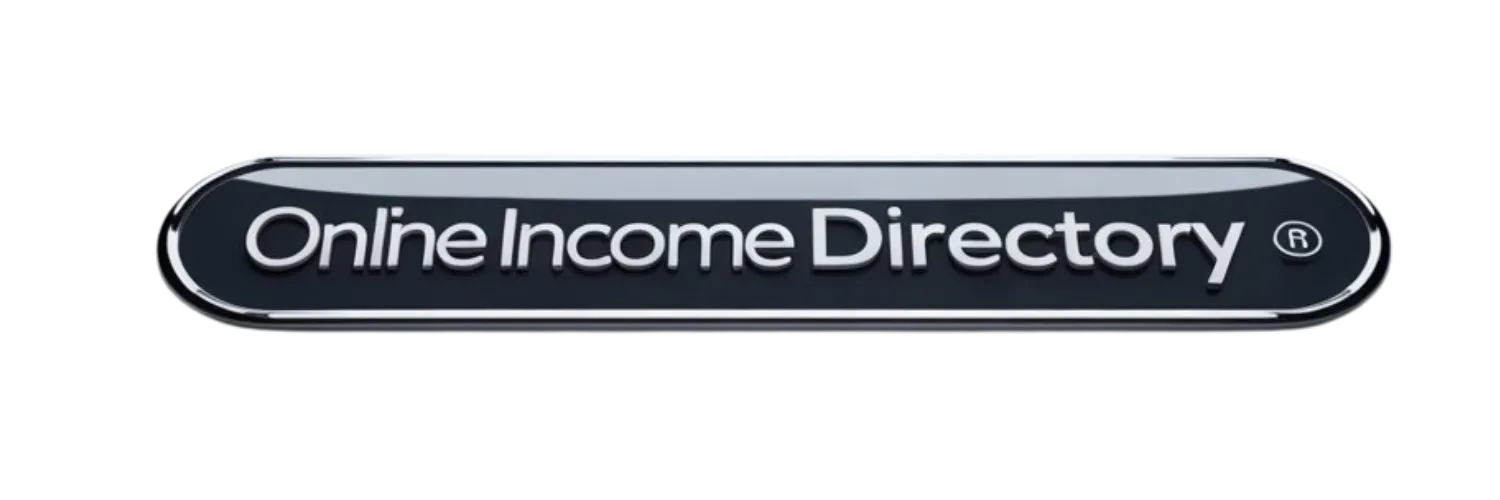
What Are Digital Products?
Create Once, Sell Forever
The Definition
Digital products are downloadable or streamable goods sold online without physical inventory or shipping.
Think of it like bottling your knowledge or creativity once and selling it infinitely.
E-books, courses, templates, printables, stock photos, music, software. Basically anything you create digitally that people can download or access online. You make it once, and it can sell forever with zero manufacturing costs, no storage fees, and no shipping headaches.
It's the ultimate scalable business model.
Creators monetize intellectual property by selling reproducible digital assets to customers worldwide.
Digital goods generate passive income through unlimited sales without inventory constraints.
Last Updated: 10/12/2025
Why create Digital Products?
Simple answer. Digital products offer the best profit margins online.. 90%+ margins because you're selling copies of something you created once, with almost zero ongoing costs.
Who can do this?

-
Creators wanting to monetize their expertise or artistic skills
-
Entrepreneurs seeking business models without inventory hassles
-
Anyone who's solved a problem others would pay to solve faster
Key Benefits
-
Digital products sell infinitely without manufacturing or inventory costs
-
Automated delivery systems enable true passive income generation
-
Global distribution reaches customers worldwide without shipping logistics

How Do You Get Started?
Step #1 Aspiring creators identify problems they can solve through digital solutions.
Find something people are already paying for like budget templates, resume designs, meal plans, etc.. then make your version better or more specific.
Step #2 Product creators develop their digital asset using appropriate creation tools.
Create your product, write that e-book, record that course, design those templates. Quality matters because refunds and bad reviews kill digital product businesses.
Step #3 Sellers choose distribution platforms like Gumroad, Etsy, or self-hosted websites.
Pick where you'll sell: marketplaces (Etsy, Creative Market) give you built-in traffic but take cuts; self-hosting (Gumroad, your website) keeps more profit but requires marketing.
Step #4 Creators set pricing based on market research and perceived value.
Price strategically.. too cheap signals low quality, too expensive and nobody bites; research competitors and start in the middle, then adjust based on sales data.
Step #5 Successful sellers market products through content, social media, and email lists.
Drive traffic through content marketing, social media, SEO, or paid ads.. the product won't sell itself, no matter how good it is.
Common Questions About Affiliate Marketing
A: Digital product earnings range from $100 monthly for beginners to $50,000+ for established creators. Average creators earn $500-$3,000 monthly selling products priced between $10-$200.
The range is wild.
Some people make $50/month, others clear $100K+. Realistically, beginners might see $100-$500/month in their first 6-12 months. Low-ticket products ($5-$30) require high volume while premium offerings ($100-$500) need fewer sales.
Low-priced products ($5-$30) like printables or templates need volume.sell 100 at $20 = $2,000. Higher-priced items ($100-$500) like comprehensive courses need fewer sales for the same revenue. Successful product creators diversify with multiple offerings generating $5,000-$50,000 monthly.
The big earners have product ecosystems, a $10 template, a $50 guide, a $200 course so customers can buy at different price points. Once you nail one product, creating the second is easier.
This is a "build it and they'll come... if you market it" situation.
The Real Truth..
Upfront work investment - Spend weeks creating before earning a single dollar
Marketing is mandatory - Products don't sell themselves, no matter how good
Competitive marketplaces - Standing out requires either quality or aggressive promotion
Refund/piracy risks - Digital goods can be copied, shared, or refunded after download
90%+ profit margins - Almost pure profit after initial creation
Infinite inventory - Sell the same product unlimited times, zero reproduction costs
Automated delivery - Make sales while sleeping, no fulfillment work
Portfolio compounds - Each new product adds to your revenue base
Ready to create something once and sell it forever?
Digital products are the business model that actually delivers on the "passive income" promise - but only after you put in the upfront work to create something valuable and learn to market it.
Start simple, launch fast, and improve based on customer feedback.
GET INSTANT ACCESS NOW
Want my digital product idea generator and pricing calculator?
Drop your email below and I'll send you a framework for finding profitable product ideas, plus the launch checklist that could help you go from idea to first sale in 14 days.

Sarah James
Hi, I’m Sarah James, content creator at Online Income Directory. I test the side hustles, affiliate programs, and online tools so you don’t have to.
No fluff, no hype, just real strategies that actually work.
☕ Let’s make your online income journey rewarding.
👉 Read more about Sarah

You were made
for more than just clocking in.